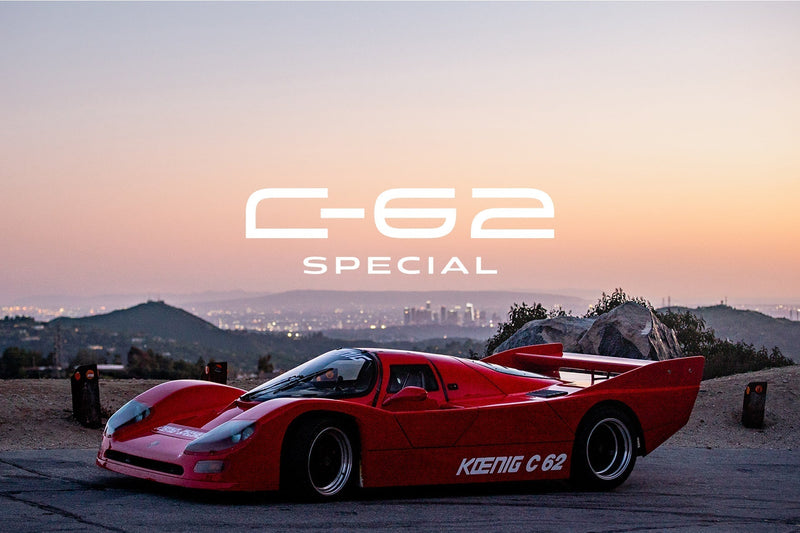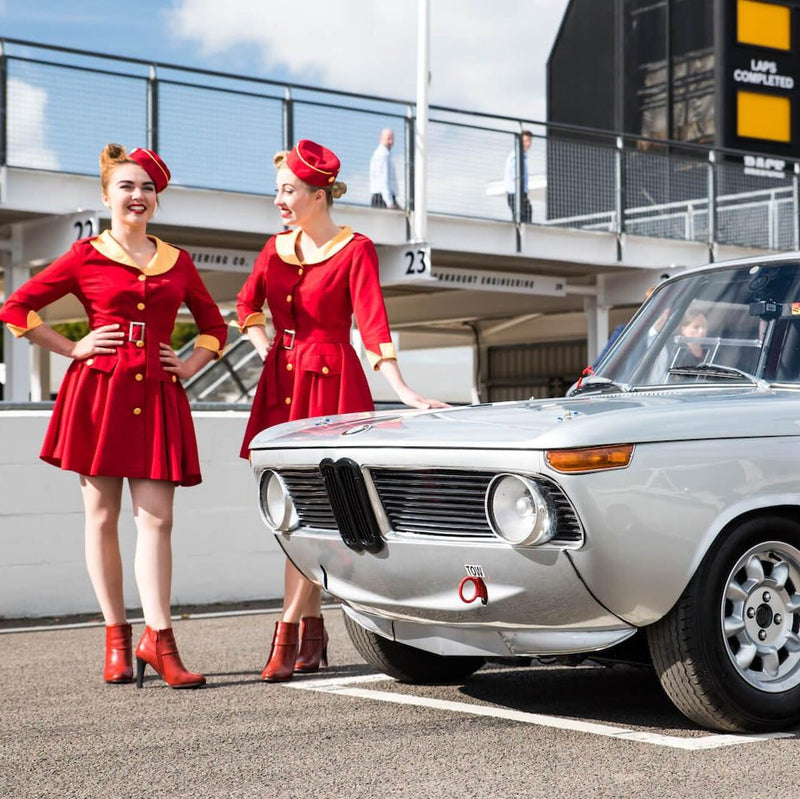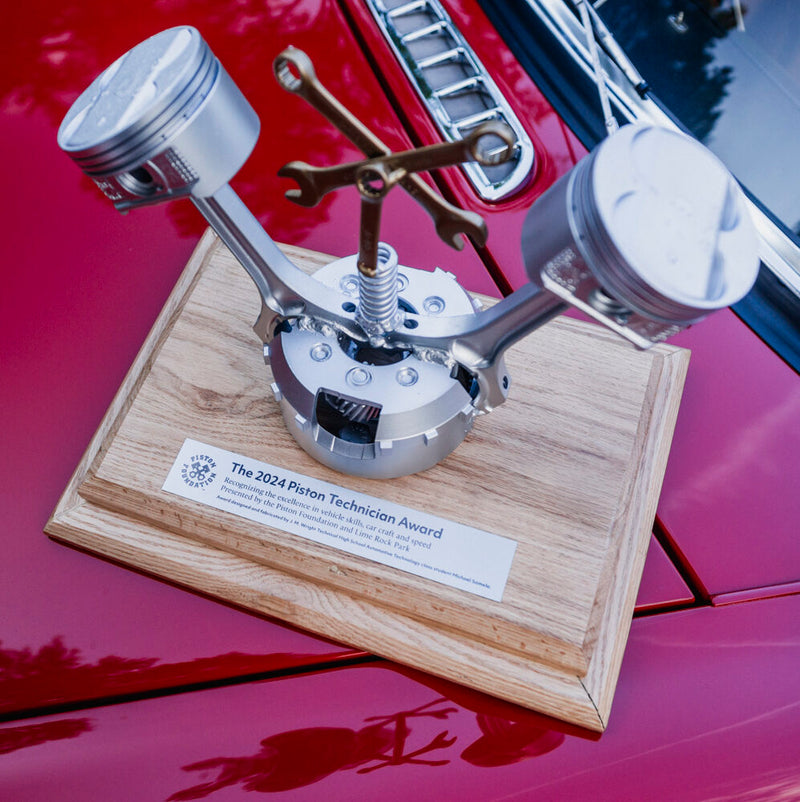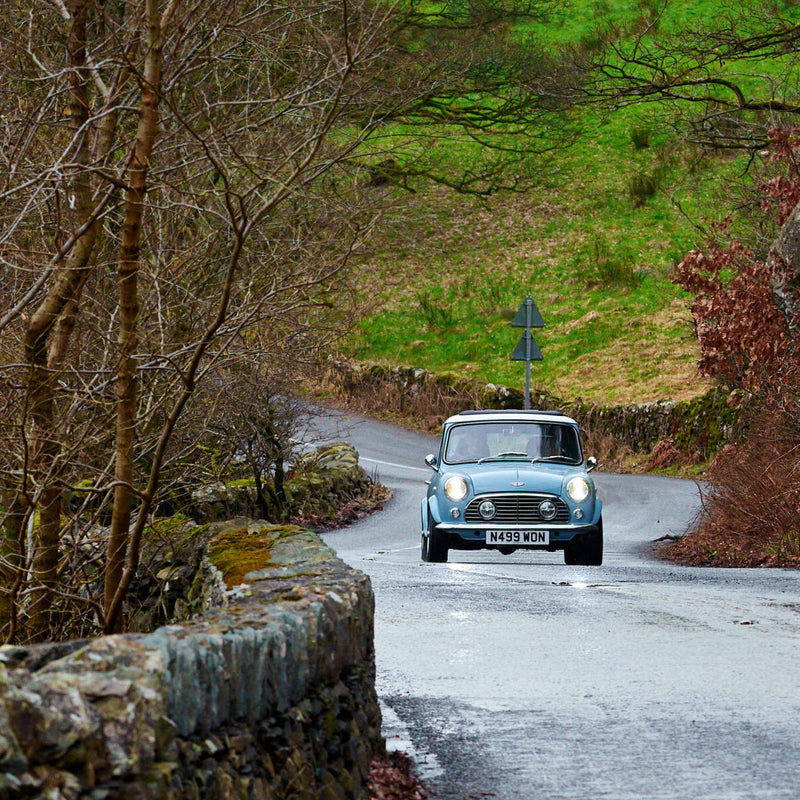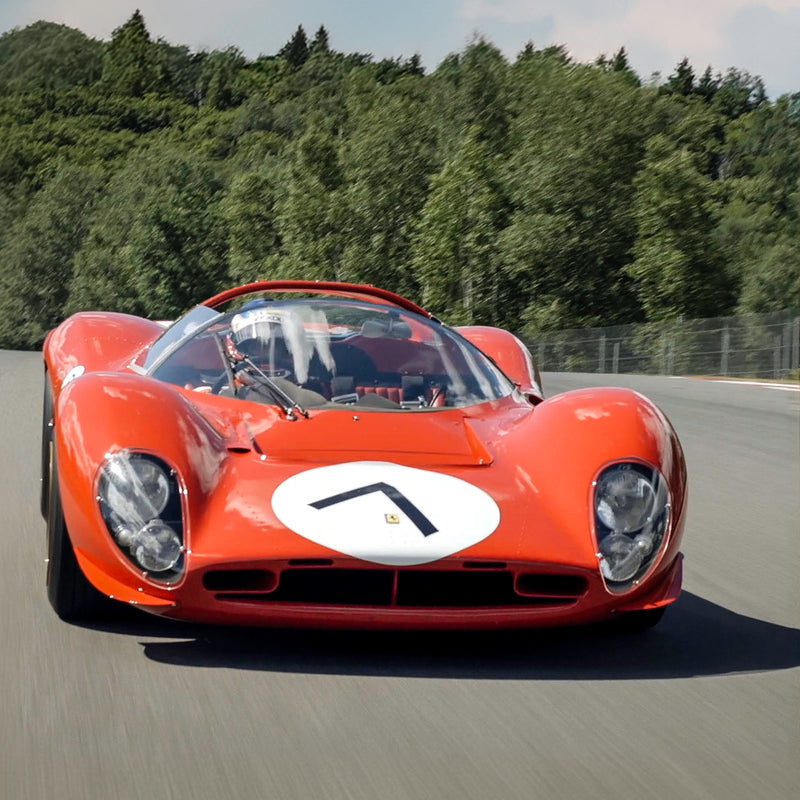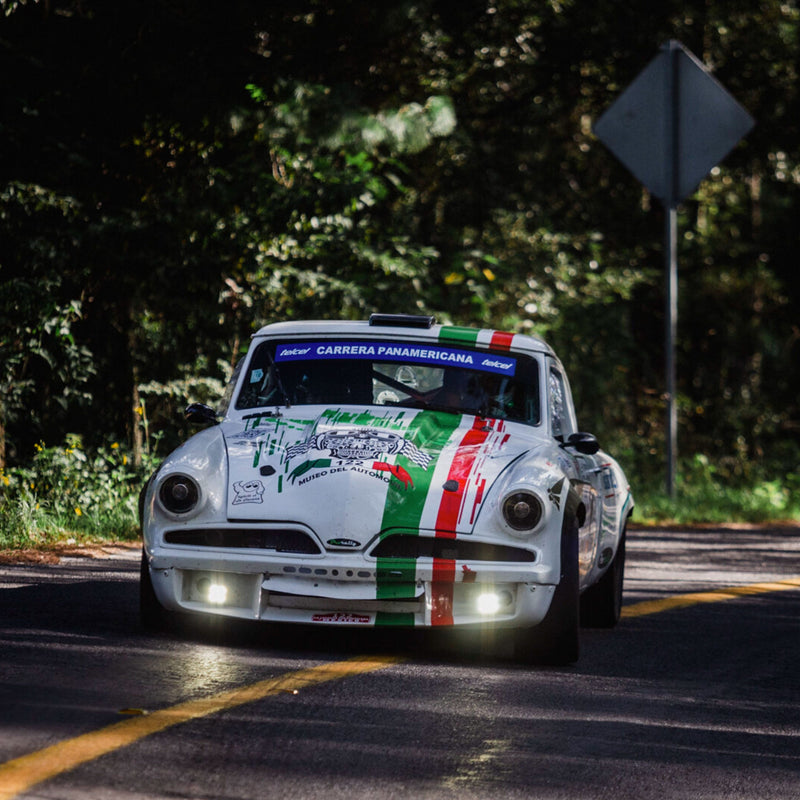Before you balk, before your gut reactions take critical aim at its suspension or level claims against this E30’s drivability, hear its story. Know that it’s been saved, that it’s been cared for and shown a measure of love rarely given to a machine that was once destined to be driven into the ground and then recycled into a fridge. What was a tired automatic 318 is now this example of the buried potentials in even the most pedestrian of automobiles.
It may seem odd or just wrong to link this air-ride-and-inline-four-equipped BMW and its oversized wheels with motorsport, but if we map this style to its nascency it becomes clear where it evolved from: touring car racing. Just look at a late Group A M3s from the early ‘90s. You’ll see 18-inch BBS wheels tucking what little tire they wear far into the fender’s shadow, and it takes just a brief trip to YouTube to find footage filled with plumes of sparks trailing behind these curb-chewing cars as minor changes in track planarity quickly eliminate the sliver of space between their undercarriages and the tarmac.





“But that’s because large wheels increase responsiveness and lowering the car improves the center of gravity, this thing is just some hipster toy made for parking!” That argument is so tired and so easily defeated. To use the worn-out weapon of function being more important than form is a fallacy when talking about street cars that happen to not fall in line with your sensibilites. Of course if something made for racing or hot-lapping has superfluous pieces added to it or else some other tweaks that reduce its ability to reduce its lap times, that’s inherently stupid, I agree. But for a road car? As long as it isn’t at the sacrifice of safety, what’s being lost when performance isn’t the ultimate goal being built towards in the first place?
This 318, owned by Ciprian Mihai and daily-driven in and around Bucharest, should not be relegated to simply being a means to starting an internet argument though. What I think we should be celebrating about this car has nothing to do with which side of the fulcrum you fall on in regards to its style, but instead the fact that it’s an example of the universal desire we have to make our cars exactly as we want them to be. You don’t have to love the stance it takes when the air’s been removed from its suspension, but I hope that after a brief overview of what’s gone into this vintage Bimmer, you will be inspired by the thoroughness of the build and attendant time spent on hunting for parts that precedes the first night in the garage rummaging through tool drawers.




There’s more than just a bit that’s been added to this car, though those unfamiliar with the E30 chassis might not notice the more nuanced pieces like the dark Hella lights up front along with the swap to US-spec side marker lights on the bumper strips. Those are things you can do in a day though, and Ciprian certainly isn’t lazy enough to call it finished after a few minor mods, as evidenced by the fact that under the hood lies a different lump than it left with originally. It’s nothing crazy—a 1.8-liter M44B19 from the E36 generation that followed the E30—but I think that’s what makes it a bit more interesting in a way; the work is easier than putting in something really radical, but it’s still a good amount of effort, and I like how he hasn’t felt the need to chase power. It’s just an evolution of the humble motor that it started with.
The air suspension is not OEM of course, and the system is comprised of too many valves and hoses and tanks and compressors and pneumatics to list out. It’s not the ultra-stiff setup that would be found on the kinds of cars that inspired this build, but it achieves the look and allows the car to drive comfortably in the city center without worries of broken oil pans. Attached to this new setup is a set of BBS RC wheels that he’s taken a lot of care to make just right for his tastes, which involved copper-plating the hundreds of bolts that keep the wheel halves together for instance. Though the wheels and height are the most noticeable components to this car’s overall presence, it’s not like the other aesthetic aspects have been left untouched, and so inside the car you’ll find a rare set of BBS bucket seats, an Autotechnica wooden steering wheel sourced from Italy, and a minor but effective swap from the old interior paneling to black leather doors to better match the seats.






It’s clear that the culmination of these parts and the work he’s done to add, swap, and modify them to his liking has left Ciprian with a car that he’s proud of, and he should be. Not necessarily for anything tangible or measurable, but instead for the simpler but more significant thing: that he’s built something on his own and for himself. That’s not always a good motivation, but when it comes to custom street cars it’s pretty much all there is to strive for.
















